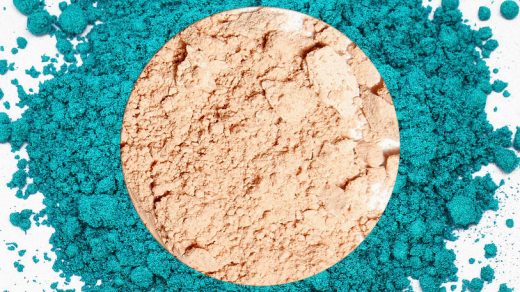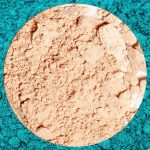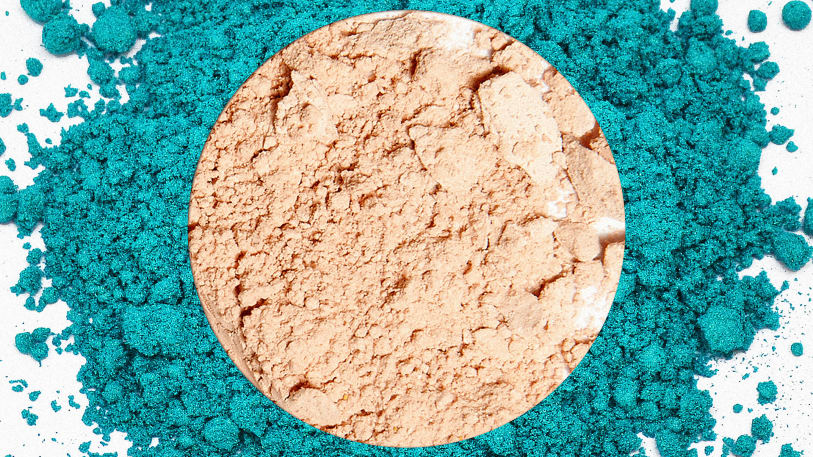How L’Oréal Is Turning Itself Into A Sustainability Leader
Valued at $13.69 billion and employing around 78,000 people worldwide, the L’Oréal Group is the largest and most profitable company in the cosmetics industry. Between 2005 and 2016, it increased production volume across its 34 brands by 29%. But in the same time frame, the company reduced its greenhouse gas emissions by 67%. “We are really serious about sustainability across all of our products and services,” Alexandra Palt, L’Oréal’s chief sustainability officer, tells Fast Company. And that commitment, she adds, can go hand in hand with economic success.
Achieving sustainability in the cosmetics industry is nowhere near as simple as swapping out petroleum-based products for plant-derived alternatives. The entire industry supply chain–from where materials are sourced to what happens to the discarded packaging of used-up products–has the potential to leave a deep environmental footprint. But it’s also one that Palt and L’Oréal believe can be effectively mitigated by tackling each stage of a product’s development. In the beauty industry, an effective sustainability overhaul would look something like this: sourcing from renewable raw materials like plants; tightening transit routes and switching to electric vehicles to reduce transport-related emissions; converting manufacturing facilities to run on renewable energy; reducing the amount of water wasted in the production process by installing on-site treatment mechanisms; reengineering packaging to use less plastic, or biodegradable materials when possible. It’s a daunting task, but one that, under Palt’s leadership, L’Oréal is tackling head on, both through comprehensive employee training programs and partnerships with verified sustainable suppliers around the globe.
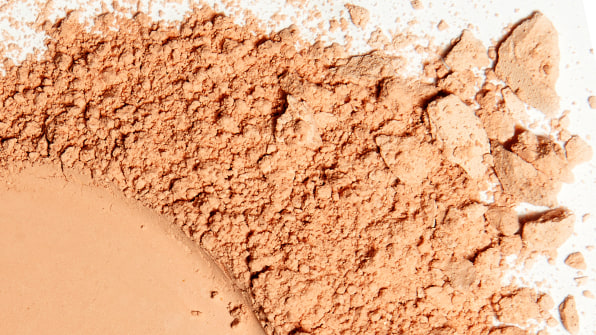
In 2013, the company launched Sharing Beauty With All, an overarching campaign to advance sustainable practices across all aspects of the business, from sourcing to manufacturing to packaging. The goal, Palt says, is to improve the environmental and social profile of every L’Oréal Group product by 2020, and by the same year, to become a “carbon balanced” company. At the launch of the Women4Climate initiative, in which the 15 women mayors represented in the C40 Cities network pledged to empower the next generation of women to fight climate change, L’Oréal announced that it will come on board as the initiative’s first corporate partner. The cosmetics company will fund university-driven research on gender-specific issues related to climate change, and is setting up a mentorship program for 500 women working to mitigate climate change in 10 cities. Anne Hidalgo, the mayor of Paris and the chair of C40, said at the launch of Women4Climate that a women-led, public-private partnership will be crucial in driving the innovations necessary to promote sustainability and curb climate change.
Inside L’Oréal, the strategy is to make those innovations inseparable from how the corporation functions. Though the Sharing Beauty With All strategy is now entering its fourth year, efforts to increase sustainability really began to take off last year, starting with two changes to the corporate structure. First, at the beginning of 2016, Jean-Paul Agon, the CEO of L’Oréal, made the decision to have the Sustainable Development Department, which Palt heads up, report directly to him. Previously, the sustainability team had been part of a larger department including communication, public affairs, and philanthropy, but as the sustainable transformation became a strategic priority, the team became more integrated with upper management. “When the CEO has such a strong vision for how a company can transform, you have to have a way to transform that strategy into action,” Palt says. By tightening the lines of communication to upper management, Palt’s department has been able to accelerate its plans to increase sustainability.
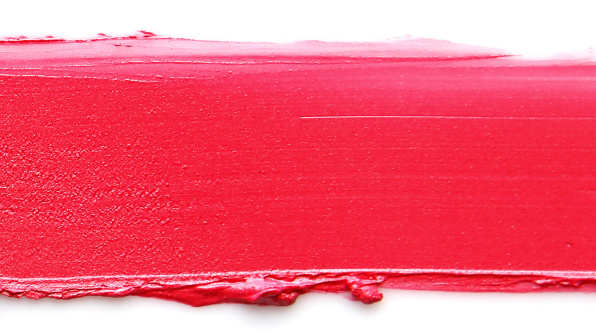
And beginning at the same time, the bonuses of all L’Oréal brand and country managers became linked to outcomes on three environmental targets: improving the environmental and social profile of its products, communicating the brand’s sustainability efforts to customers, and the how the brand or region is positively contributing to environmental efforts. Each of those categories, Palt says, is easily measured with key performance indicators; the idea of linking the bonuses to these markers, she says, sends the message that the company’s commitment to sustainability is a part of, not separate from, its business operations.
That will become clearer later this year, when L’Oréal introduces its Sustainable Product Documentation Tool–a computer platform developed with input from two panels of international experts in the environmental impact of products. The platform will include data on the environmental impact of each raw material, the footprint of the packaging it comes in, how many emissions were created as a result of the product’s manufacturing and transportation, and the effect of the product on the communities involved in its production, Palt says. Later this year, the tool will be made available to consumers in an effort to boost transparency.
Before the release of that tool, though, L’Oréal has been ramping up its efforts to hold itself accountable across all sectors of its production cycles. The company has come under fire in the past for using lead and cancer-causing chemicals in several of its products; since 2013, it has revamped 22% of its products to make use, instead, of raw materials sourced from renewable plant sources like quinoa, which is used in skin exfoliating products. By 2020, the company intends for that number to be 100%.
Though L’Oréal recognizes that it won’t be possible for the company to be completely carbon-neutral by 2020—transportation and product refrigeration, Palt says, will still create emissions—the strategy of becoming “carbon balanced” aims to offset the footprint the company leaves. L’Oréal is reducing emissions by switching, when possible, to renewable energy: Construction on two large-scale solar projects at L’Oréal’s manufacturing facilities in Kentucky and Arkansas got underway late last year, and the company installed 12 wind turbines on the roof of its distribution center in Dallas. Palt says these developments will reduce the company’s carbon emissions in the U.S. by 80%.
And where it’s not possible to completely transition to renewable practices, L’Oréal is pioneering the practice of “carbon insetting,” in which the company supports ways to offset carbon emissions along its supply chain. Its work in Burkina Faso is an example: Almost 22,000 women in the villages of Burkina Faso harvest the nuts that produce shea butter, which is one of the 10 most commonly used ingredients across the L’Oréal Group; it’s found in 1,200 of its products. The production of shea butter, which is one of Burkina Faso’s leading outputs, results in the loss of around 100,000 hectares of forest each year, as trees are cut down to power the stoves that women cook the nuts in. In 2014, L’Oréal launched a program across the dozens of shea butter cooperatives in Burkina Faso, training the women in sustainable production practices and providing cleaner and more efficient cookstoves for the nuts, which reduce the need for firewood and spare the women from exposure to smoke.
The program in Burkina Faso, Palt said at the Women4Climate launch, “isn’t about charity. It’s about preparing our company to meet the world’s environmental and social challenges.”
As the largest cosmetics company in the world, L’Oréal is an obvious benchmark in the industry, but Palt doesn’t want the company’s sustainability efforts to be seen as attempts to teach other businesses a lesson. “We have a responsibility to lead,” Palt says, but that responsibility is not motivated by competition: It’s driven by a desire to respond to the very real threat of climate change. “Each year, 1.7 million children die from pollution; people are starving because of climate change,” Palt says. “We can’t wait until everybody is on board to start changing our practices.”
Fast Company , Read Full Story
(76)

